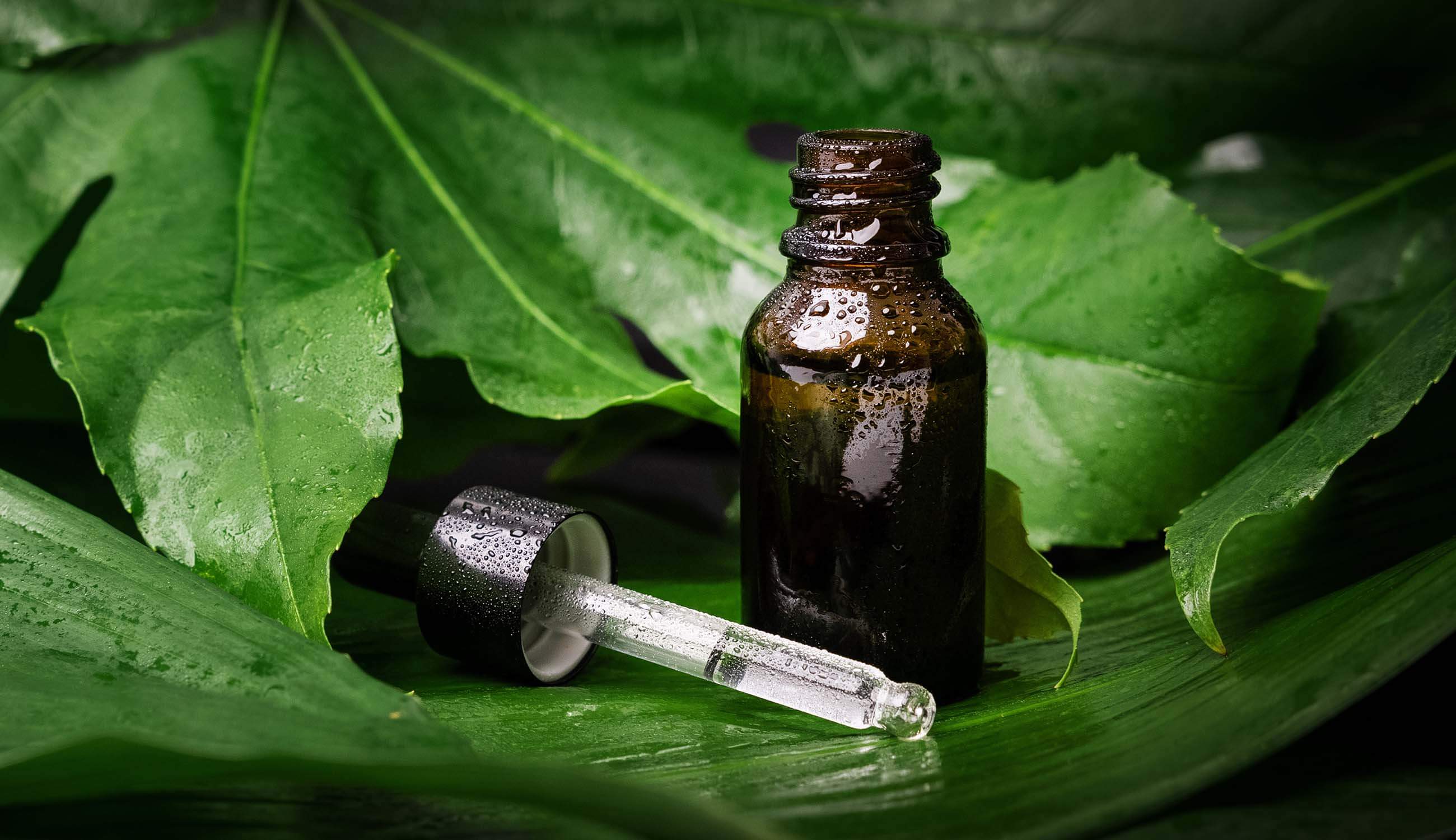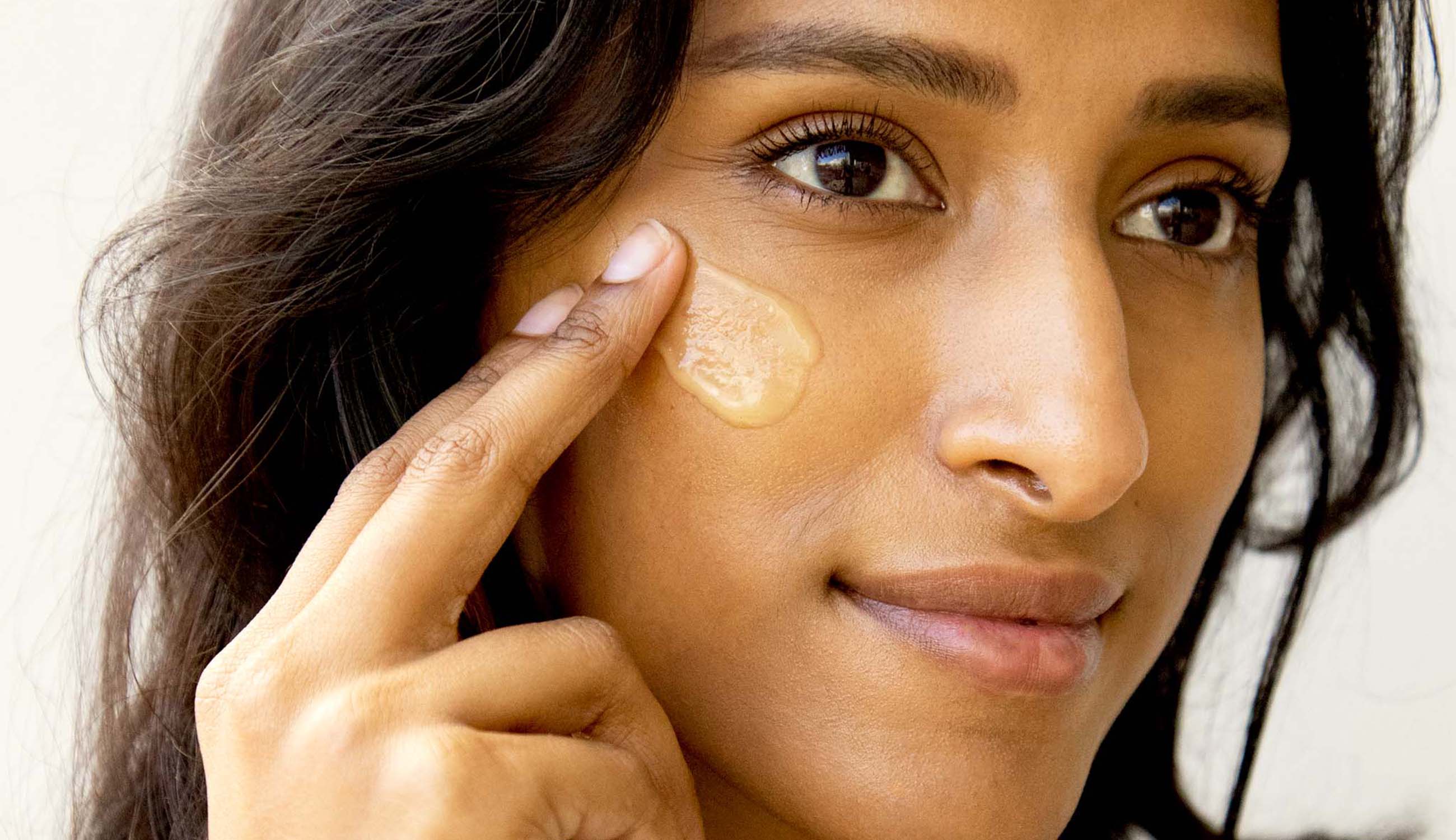Get maximum benefits from your retinol serum with a few simple tips
Written by: 100% PURE ®
Want the secrets to super smooth, youthful skin? Give this trifecta a shot: really good water intake, quality rest, and retinol serum. Since we know one of those is a lot easier to get than the others, let’s go over some ways to get the most out of our retinol serum for bright skin that’s as close as we can get to wrinkle-free.
For those that have never used retinol or are just digging into more “advanced” skin care products, we should first go over what retinol is and what retinol serum does. Retinol is a vitamin A derivative known for its anti-aging properties.
Primarily used to address texture in the skin, retinoids can sink into deeper layers of skin and fight off age-causing free radicals which can support a smoother-looking, more supple appearance. By boosting the production of hyaluronic acid, collagen, and blood vessels in the skin, retinol products can aid in a more radiant glow and youthful look.
With all that in mind, most of us probably don’t need to be convinced to explore adding a retinol serum to our routine. A retinol product can really help fill in the gap between a simple, satisfactory regimen and one that actually shows improvement in the skin. But one question that many retinol lovers have is how does retinol – or more specifically, a retinol serum – fit into a skin care routine?
As most of the benefits of a retinol serum have to do with hydrating, smoothing, plumping, and preserving the skin, would a moisturizer be redundant? The argument can certainly be made that a retinol serum can give the skin a smooth, moisturized feeling, but for who?
The experts have spoken and in almost all skin scenarios, a retinoid only becomes more effective when paired with a moisturizer. Often with serums, they’re designed to work in tandem with a full well-rounded skin care routine.
Plus, retinoids can be somewhat intense. For some, they leave the skin with a tight or dry sensation because of how rapidly they’re acting on the skin. A moisturizer layered over a retinol serum can make a world of difference in our skin feeling comfortable, hydrated, and looking its best.
Serums are like a topical vitamin for the skin, providing targeted support or concentrated nutrients. Moisturizers help to restore the protective barrier on the outer layer of skin, keeping all our products on the skin where they should be. In that light, most skin types are going to benefit from layering on moisturizer, perhaps with the occasional exception for very oily skin.

If it isn’t easy to tell, we’re kind of in love with retinol serum for the skin. But yes, that love requires a bit of work and effort. We consider retinoids to be super impactful for the skin, but that also means educating ourselves and doing the right prep to maintain and enhance our skin in the process.
Here are some tips that helped us ease into retinol products:
Stable Skin Routine – This is a hot tip for incorporating any new product into a skin care regimen, active or not. The skin can respond slower to new additions than say, our stomach would. Ensuring that we maintain the same morning and night skin care for at least a few weeks can help us monitor how a retinol serum is impacting our skin. Retinoids can play well with others if introduced carefully and harmoniously.
A Balanced (Skin) Diet – We want our skin environment to be harmonious for a retinol serum. This means we need to have an established cleanser, toner, moisturizer, face oil, and definitely, SPF that our skin likes. Studies have shown that skin responds positively to the introduction of retinol when ceramides and niacinamide are a part of the conversation. Using a niacinamide concentrate or a moisturizer with ceramides can help ease the transition of a retinol-inclusive routine.
Date Your Retinol Serum – A retinol serum is something our skin needs to take time to get to know. Like dating, we should work upwards with frequency and consistency. This includes starting with a test patch, then using the product once or twice weekly before building up to more regular use.
Watch & Listen – It’s super important to watch the way our skin behaves after introducing a retinol serum into the routine. Look out for signs of irritation, dryness, flaking, and peeling or scaliness. This can represent irritation and our skin communicating that we should slow down with retinol exposure.
We’re finally here, ready to jump head-first into the shiny, smooth skin of our dreams with a retinol serum. Before we get carried away, let’s keep in mind that retinol is a mid-level maintenance product that requires before and after prep for our best skin results.
Be sure to use retinol only on cleansed, prepped skin. Serum should be applied after toner and before or in tandem with a moisturizer.
Skip anything counter-effective or irritating, like benzoyl peroxide, physical or chemical exfoliants including AHAs and BHAs, and other concentrated serums like vitamin C.
Give the skin time to properly absorb everything. Our enriched, vegan Multi-Vitamin + Antioxidants Potent PM Serum should be applied to toned, dry skin. That way, our skin can fully absorb the toning niacinamide, calming rose water, and of course, anti-aging retinol in this retinol serum.
Retinoids are fantastic for the evening. Our skin does its best work at night when it can concentrate on healing.
But if a retinol serum is part of the day squad, then an SPF like the Suntegrity Moisturizing Face Sunscreen & Primer will be the ride-or-die BFF tagging along. Great for all skin types, this option is going to play well with all the other products going on our skin. Then, waiting at least 5-10 minutes before applying makeup will allow our SPF to set up and protect our skin properly for a difference we can see.
- Tags: February-2022, how-to, Skin Care
We carefully hand-select products based on strict purity standards, and only recommend products we feel meet this criteria. 100% PURE™ may earn a small commission for products purchased through affiliate links.
The information in this article is for educational use, and not intended to substitute professional medical advice, diagnosis, or treatment and should not be used as such.

